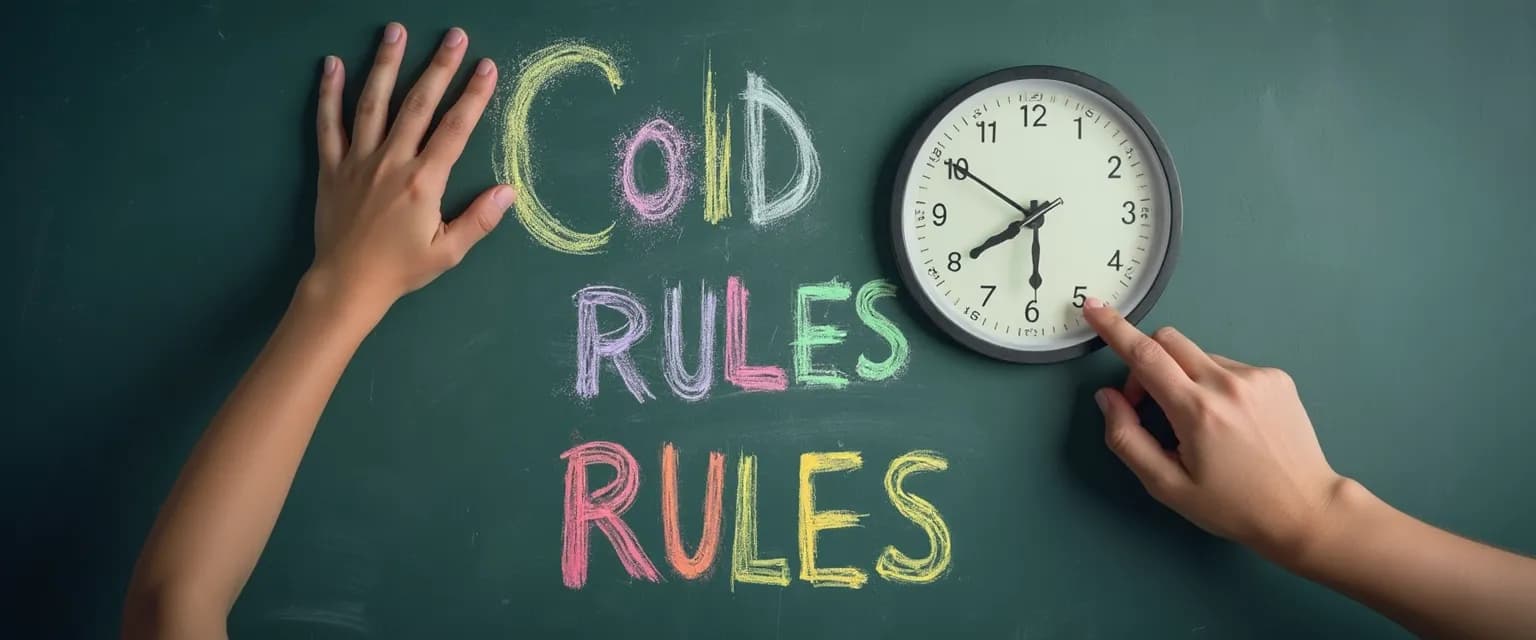Breaking Free: How Childhood Rules Shape Adult Procrastination Patterns
Ever wondered why you procrastinate on important tasks despite your best intentions? The answer might be hiding in your childhood. The connection between procrastination and childhood patterns runs deeper than most people realize. Research shows that the rules and expectations we grew up with create automatic response patterns that follow us into adulthood, often manifesting as procrastination. Understanding these early programming systems offers a powerful key to breaking free from the cycle of delay and self-sabotage that might be holding you back today.
When rigid household structures dominated your early years, they created neural pathways that automatically trigger delay responses when faced with certain tasks. These procrastination and childhood patterns become so ingrained that they operate below conscious awareness, making them particularly difficult to change. The good news? building self-trust begins with identifying these patterns—the critical first step to rewiring your brain for action rather than avoidance.
Scientists have found that our approach to tasks, deadlines, and self-discipline is largely shaped during our formative years. By recognizing the specific childhood rules that created your unique procrastination patterns, you gain the power to finally break free from this cycle.
How Childhood Rules Create Procrastination Patterns That Persist
The psychology behind procrastination and childhood patterns reveals something fascinating: in strict childhood environments, procrastination often emerges as a form of control. When children have little say over their lives, delaying tasks becomes one of the few ways they can exercise autonomy. This coping mechanism follows them into adulthood, triggering the same response even when the original restrictions no longer exist.
Certain childhood rules are particularly powerful in creating adult procrastination. "Always do your best" might sound positive, but when enforced rigidly, it creates perfectionism that makes starting tasks feel overwhelming. Similarly, "finish what you start" can create fear of beginning anything that can't be completed perfectly, while "don't waste time" often paradoxically leads to procrastination through anxiety about making the "wrong" choice.
The emotional component cannot be overlooked. The procrastination and childhood patterns connection has a strong emotional foundation. When parents demand perfectionism, children develop fear-based productivity patterns that transform into self-sabotaging delay tactics. The child who was criticized for mistakes learns that not doing something is safer than doing it imperfectly. These avoidance cycles become deeply rooted, operating automatically whenever similar situations arise in adulthood.
Understanding that your procrastination isn't a character flaw but a learned response to childhood conditions is the first step toward lasting change. This insight shifts your relationship with procrastination from self-blame to self-compassion—a crucial element for breaking the cycle.
Identifying Your Unique Procrastination Patterns from Childhood
Recognizing your specific procrastination triggers linked to childhood requires self-awareness. Start by noticing which tasks consistently trigger your procrastination response. Is it creative work that might be judged? Tasks with unclear outcomes? Projects requiring sustained effort? These patterns offer clues to the childhood rules that shaped your behavior.
The 'rule-response' connection is a powerful tool for understanding procrastination and childhood patterns in your life. Try mapping your delay tactics to specific childhood rules: Do you procrastinate on creative tasks because showing originality was discouraged? Do you put off financial decisions because money was a source of stress in your family?
A simple 3-minute awareness exercise can help break the automatic procrastination response. When you notice yourself delaying a task, pause and ask: "What am I feeling right now? Does this remind me of a situation from childhood?" This brief moment of reflection creates space between trigger and response, allowing you to choose a different action.
Learning to notice when you're following outdated childhood patterns in real-time is a powerful anxiety management technique. With practice, you'll catch yourself earlier in the procrastination cycle, making it easier to redirect your energy toward productive action.
Breaking Free from Childhood Procrastination Patterns Today
Ready to rewire your brain's response to tasks that trigger procrastination? Start with the "five-minute commitment"—promising yourself to work on the task for just five minutes. This approach bypasses the childhood programming that makes starting feel overwhelming, allowing you to build momentum gradually.
Creating new, empowering patterns to replace childhood-based procrastination habits requires consistency. The science-backed 'small wins' approach builds confidence through achievable successes, directly countering the perfectionism often at the root of procrastination and childhood patterns.
Remember that understanding your procrastination's origins is the key to lasting change. By recognizing how childhood rules shaped your current behavior, you gain the power to make different choices. This awareness-based approach proves more effective than willpower alone because it addresses the root cause rather than just the symptoms.
The connection between procrastination and childhood patterns might have shaped your past, but it doesn't have to determine your future. With these practical strategies, you can break free from old programming and create a new relationship with productivity—one based on present-day choices rather than childhood conditioning.




